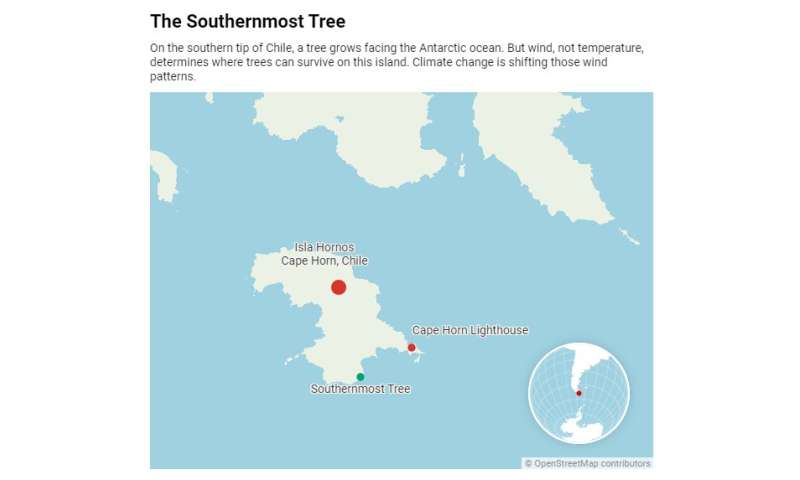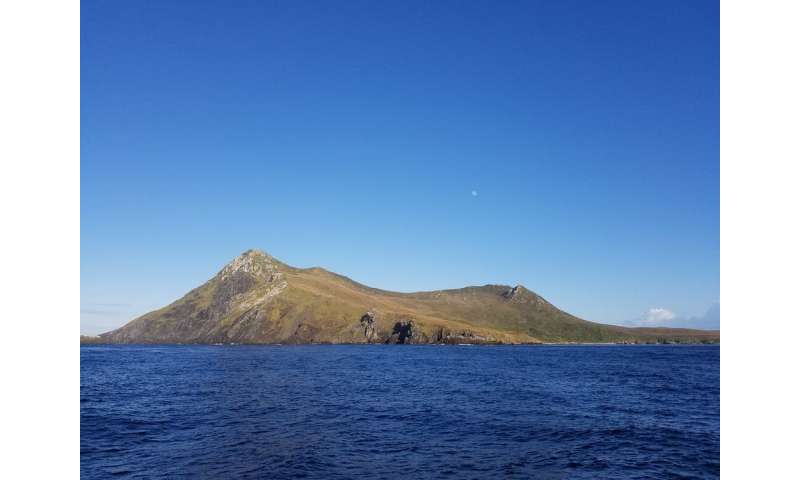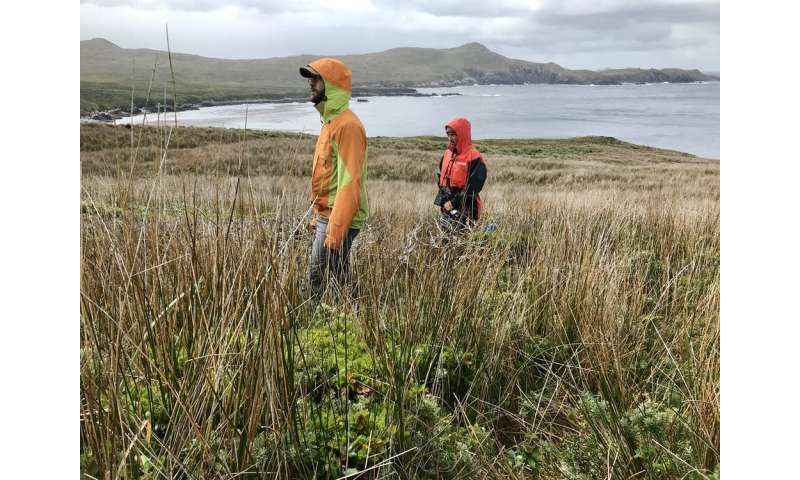by Alistair Berry, University of Lincoln

Credit: Unsplash/CC0 Public Domain
Training dogs with electronic collars is no more effective than traditional training methods, according to new research.
Animal behavior researchers at the University of Lincoln conducted a study looking at the efficacy of training with electronic or "E-collars," which deliver a small electric shock to dissuade unwanted behavior, such as ignoring commands.
Researchers analyzed video footage of training sessions where "come" and "sit" commands were given. Training with an E-collar was found to be no more effective than training without, with positive reinforcement found to be the most effective method. The dogs learned to obey commands most quickly when trainers gave consistent signals and rewarded correct responses.
These findings refute claims by some dog trainers that E-collars are a good alternative to reward based training to address highly motivated activities such as wildlife chasing, particularly considering potential risks to the dog's wellbeing, and that their use can lead to unnecessary suffering during dog training.
Professor Jonathan Cooper from the Animal Behavior, Cognition and Welfare Research Group, said: "The Reward-Based Control Group had a higher proportion of obeys after first command to both 'Come' and 'Sit' commands and required fewer multiple commands to initiate a recall or complete a sit response. This suggests that the reward-based training was the most effective approach not only for recall, which was the target behavior in training, but also for other commands. Given the additional potential risks to the animal's well being associated with use of an E-collar, we conclude that dog training with these devices causes unnecessary suffering and increased risk to a dog's wellbeing, without good evidence of improved outcomes."
The work published in Frontiers in Veterinary Science supports legislation against the use of these devices in pet training in place in Wales and Scotland, provides further evidence to support the end of their sale, possession and use across the whole of the UK.
Explore furtherBest way to train farm dogs has lessons for all dog training
Training dogs with electronic collars is no more effective than traditional training methods, according to new research.
Animal behavior researchers at the University of Lincoln conducted a study looking at the efficacy of training with electronic or "E-collars," which deliver a small electric shock to dissuade unwanted behavior, such as ignoring commands.
Researchers analyzed video footage of training sessions where "come" and "sit" commands were given. Training with an E-collar was found to be no more effective than training without, with positive reinforcement found to be the most effective method. The dogs learned to obey commands most quickly when trainers gave consistent signals and rewarded correct responses.
These findings refute claims by some dog trainers that E-collars are a good alternative to reward based training to address highly motivated activities such as wildlife chasing, particularly considering potential risks to the dog's wellbeing, and that their use can lead to unnecessary suffering during dog training.
Professor Jonathan Cooper from the Animal Behavior, Cognition and Welfare Research Group, said: "The Reward-Based Control Group had a higher proportion of obeys after first command to both 'Come' and 'Sit' commands and required fewer multiple commands to initiate a recall or complete a sit response. This suggests that the reward-based training was the most effective approach not only for recall, which was the target behavior in training, but also for other commands. Given the additional potential risks to the animal's well being associated with use of an E-collar, we conclude that dog training with these devices causes unnecessary suffering and increased risk to a dog's wellbeing, without good evidence of improved outcomes."
The work published in Frontiers in Veterinary Science supports legislation against the use of these devices in pet training in place in Wales and Scotland, provides further evidence to support the end of their sale, possession and use across the whole of the UK.
Explore furtherBest way to train farm dogs has lessons for all dog training
More information: Lucy China et al. Efficacy of Dog Training With and Without Remote Electronic Collars vs. a Focus on Positive Reinforcement, Frontiers in Veterinary Science (2020). DOI: 10.3389/fvets.2020.00508
Provided by University of Lincoln
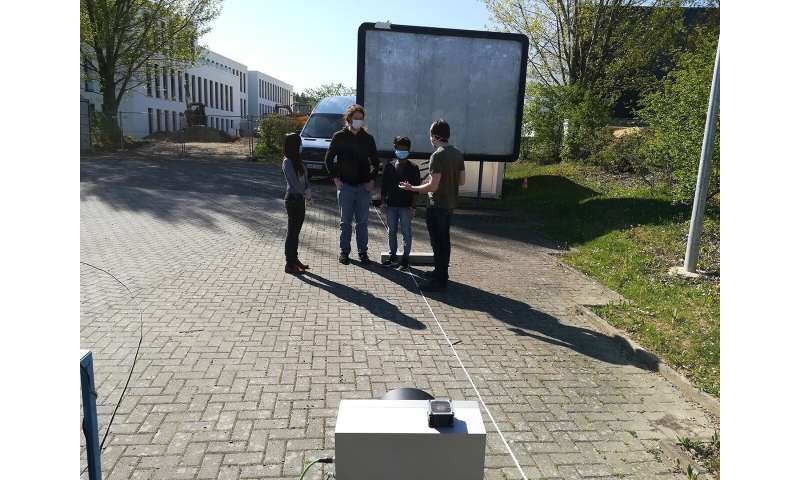



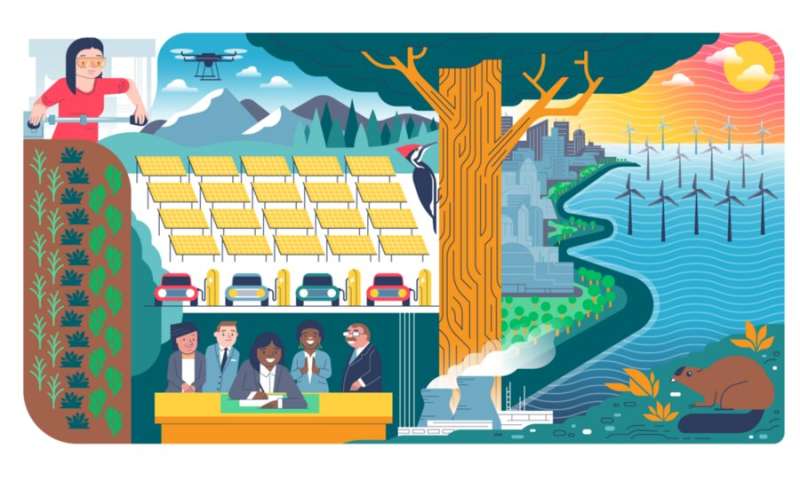
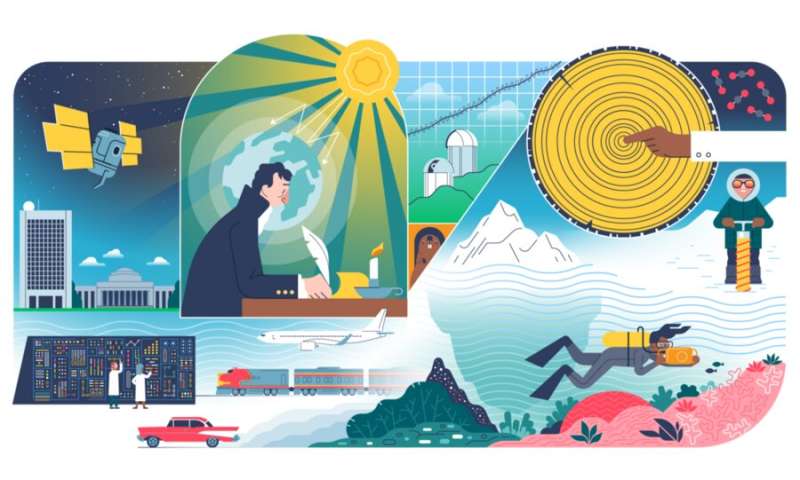




 This article is republished from
This article is republished from 

